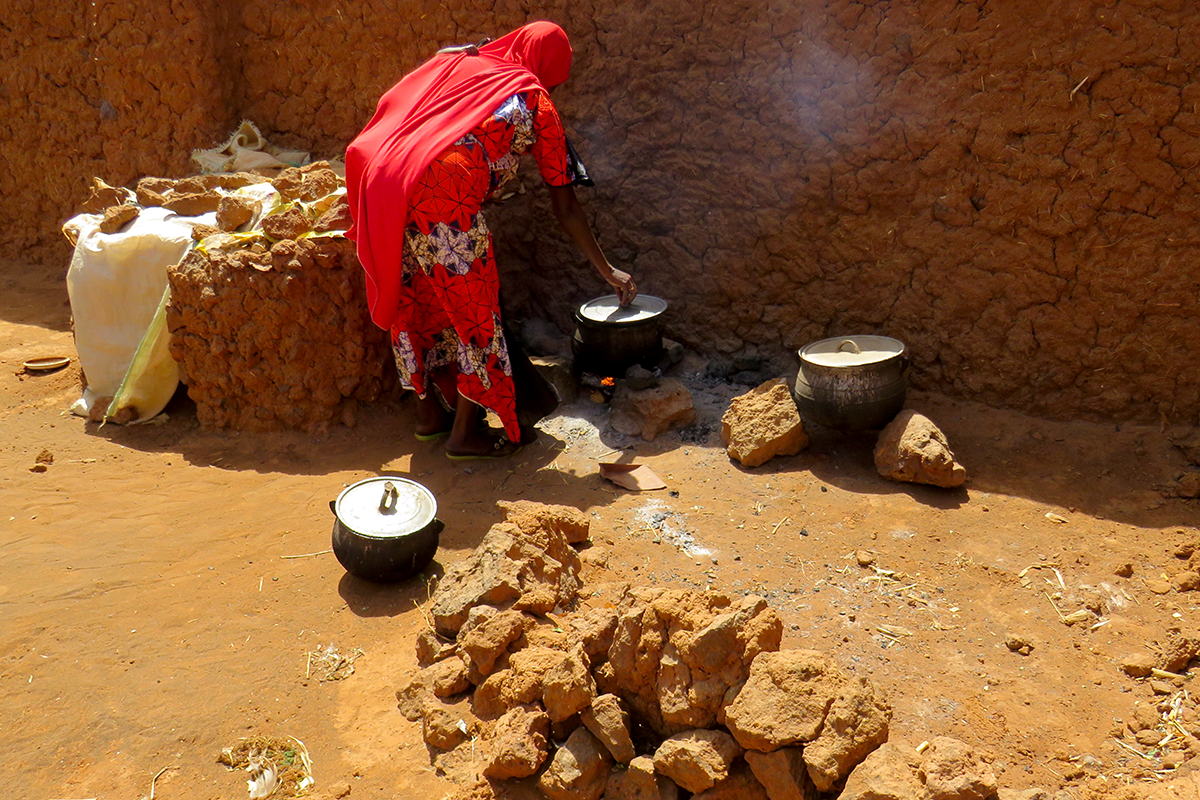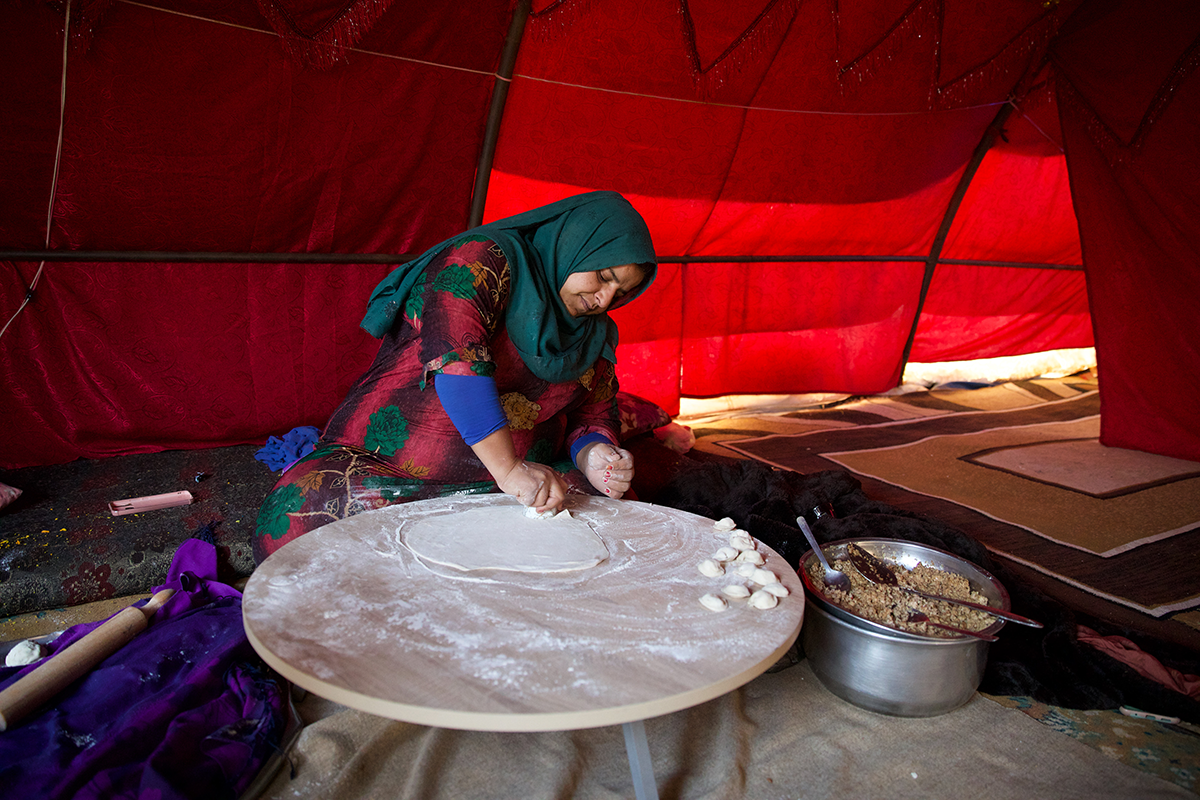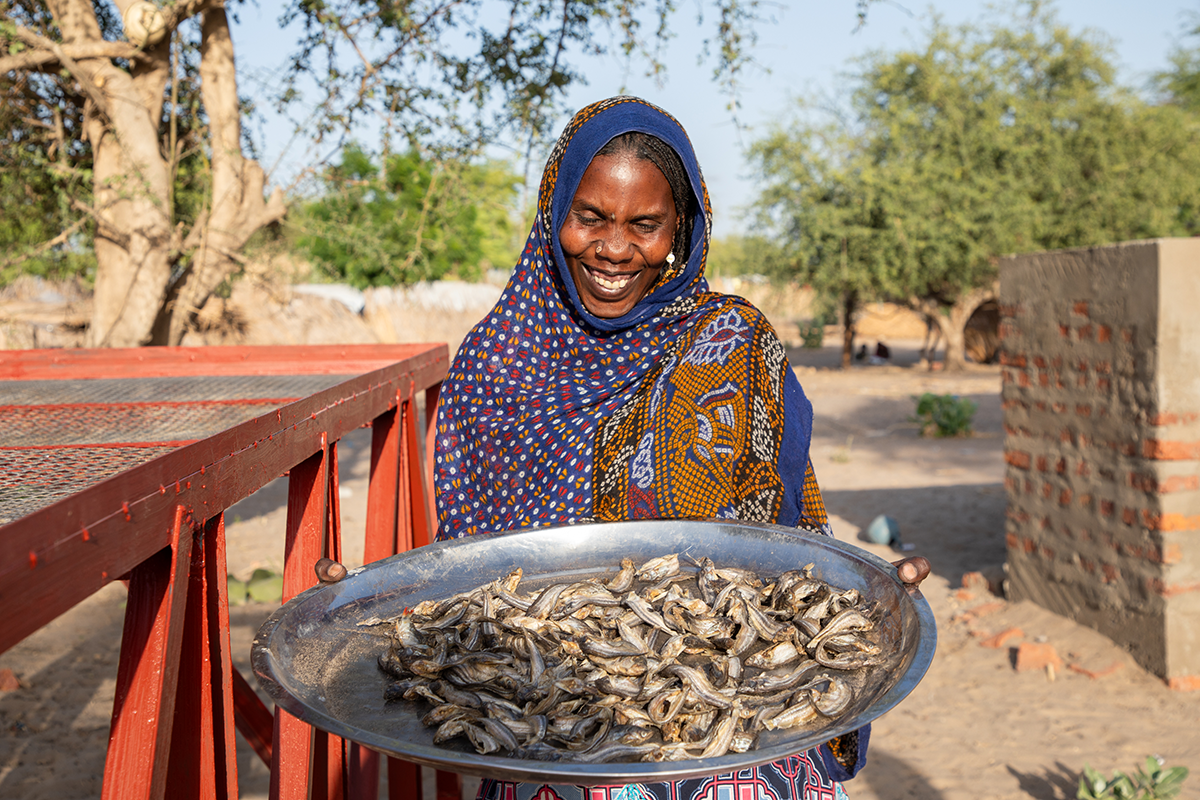News
Explainer: What (actually) is hunger?
One little word contains a lot of different meanings. Here’s what it means for one out of every 11 people around the world.
Read MoreHunger is a pretty simple feeling to understand. But it’s also an incredibly complex issue that affects billions of people around the world.
Published annually by Concern Worldwide and Welthungerhilfe, the Global Hunger Index (GHI) gives us both a snapshot of current world hunger facts and figures, as well as a look at where we have (and haven’t) made progress, and what needs to change to get us closer to ensuring food security for all. Here’s what you need to know about world hunger in 2024 (and into 2025).
The world produces enough food to feed all of its 8 billion people, yet 733 million people (1 in 11) go hungry every day.
Hunger rates in Africa are especially high, with 1 out of 5 people going hungry each day.
2.8 billion people around the world cannot afford a healthy diet — 35% of the global population.
In low-income countries, 71.5% of people cannot afford a healthy diet. In high-income countries, that figure drops to 6.3%.
According to the 2024 Global Hunger Index, hunger levels are ranked Serious in 36 countries.
The 2024 Global Hunger Index also rates hunger levels as Alarming in 6 countries: Burundi, Chad, Madagascar, Somalia, South Sudan, and Yemen.
The number of people experiencing hunger has gone up by approximately 152 million since 2019.
As of this writing, the Integrated Food Phase Classification (IPC) estimates that 1.33 million people around the world are experiencing famine or famine-like conditions.
Half of all child deaths are linked to malnutrition.
9 million people die from hunger-related causes every year; many are children under the age of 5.
From the 2024 Global Hunger Index, here are five more things you need to know about world hunger as we enter 2025.

Over the past decade, progress against hunger has slowed to a troubling degree. The situation is most severe in sub-Saharan Africa and south Asia, which face rising undernourishment, child mortality, and child malnutrition rates, driven by poor diets, economic challenges, and the increasing impact of natural disasters.
With this in mind, the goal of reaching Zero Hunger by 2030 appears to be impossible. Moreover, if progress remains at the pace we’ve observed in the last decade, the world will not reach even low hunger levels until 2160 — more than 130 years from now.

As we mentioned above, 42 countries rank as either Serious or Alarming in this year’s Global Hunger Index. In some cases (including Somalia and Mozambique), these numbers, while dire, still represent progress.
In 22 other countries, however, hunger has increased since 2016. Five countries with Moderate, Serious, and Alarming rates of hunger have gotten worse since 2000: Fiji, Jordan, Libya, Syria, and Venezuela. Moreover, another 20 countries with high GHI scores have either not changed at all, or declined by less than 5% since 2016.

There’s a clear story behind this year’s GHI figures. The 2024 Global Hunger Index reflects a barrage of successive and overlapping challenges in the world, all of which have the severest impacts on people in vulnerable circumstances and low-income countries.
We also cannot ignore that the only way to address hunger is at a political level, particularly in terms of the three biggest causes of hunger today: conflict, climate change, and economic crisis. In the last few years, climate crisis indicators have climbed “off the charts,” we’ve seen an increase in large-scale armed conflicts that can carry impacts both locally and on countries thousands of miles away, and a combination of economic downturns, market disruptions, and debt crises that are linked to high domestic food costs. Both conflict and climate have driven displacement for hundreds of millions of people, and the conflicts in Gaza and Sudan have led to famine being declared in both regions this year.
While extreme poverty in middle-income countries has decreased, income inequality is persistently high. Moreover, poverty in low-income countries and countries affected by some form of state fragility, conflict, or violence is still worse than before the pandemic.

As noted above, hunger is an intersectional issue. One key area of focus in 2024 and 2025 is the intersection between gender inequality, food insecurity, and climate change. The combination of these vulnerabilities place families, communities, and even entire countries under extreme stress.
Women and girls are typically hardest hit by food insecurity and malnutrition. They also suffer disproportionately from the effects of weather extremes and climate emergencies. We need to address the challenges of both these issues in an equitable way, focusing on an equality of outcomes versus resources to meet different people’s needs, vulnerabilities, and opportunities. Gender is obviously only one form of inequality within this context (and within this framework we have to also consider gender beyond the binary), but it is a key factor and one that can help foster other forms of justice and equity for marginalized identities. Food security is, after all, a human right for everyone.

The news that the right to adequate food is out of reach for billions of people is grim. We need to face this reality, however it should not derail us from working to end hunger. If anything, the facts of hunger in 2024 should serve as a wake-up call to the world that we need to reverse the alarming trends that are increasing hunger, and accelerate progress towards supporting equitable, nutritious, and resilient food systems in the face of conflict and climate change.
We made incredible progress against hunger between 2000 and 2016, and this shows how much can be accomplished in just over a decade and a half. Over that period, the global GHI score fell by about 33%. The push for gender justice has extended impacts on agricultural production, food security, and child nutrition, and could take us far in the next 15 years. We may not be alive to see hunger ended within our lifetime, but we have to protect the gains that have already been made, advance progress further, and ensure that the right to food for all receives the attention, resources, and actions it merits.
From Afghanistan to Yemen, Concern’s Health and Nutrition programs are designed to address the specific, intersectional causes of hunger and malnutrition in each specific context. Our projects often combine two or more of the following areas of focus: agriculture and climate response, maternal and child health, education, livelihoods, and water, sanitation, and hygiene (WASH).
We played a key role in developing Community Management of Acute Malnutrition (CMAM), which has been recognized by the World Food Program as the gold standard for treating malnutrition. Other recent successes, like Lifesaving Education and Assistance to Farmers (LEAF) have seen entire communities not needing humanitarian food aid for the first time in decades due to holistic and systemic shifts in agricultural practices and community care.
Last year alone, Concern reached 9 million people with health and nutrition programs in 21 countries. Your support can help us to do even more in the year ahead.